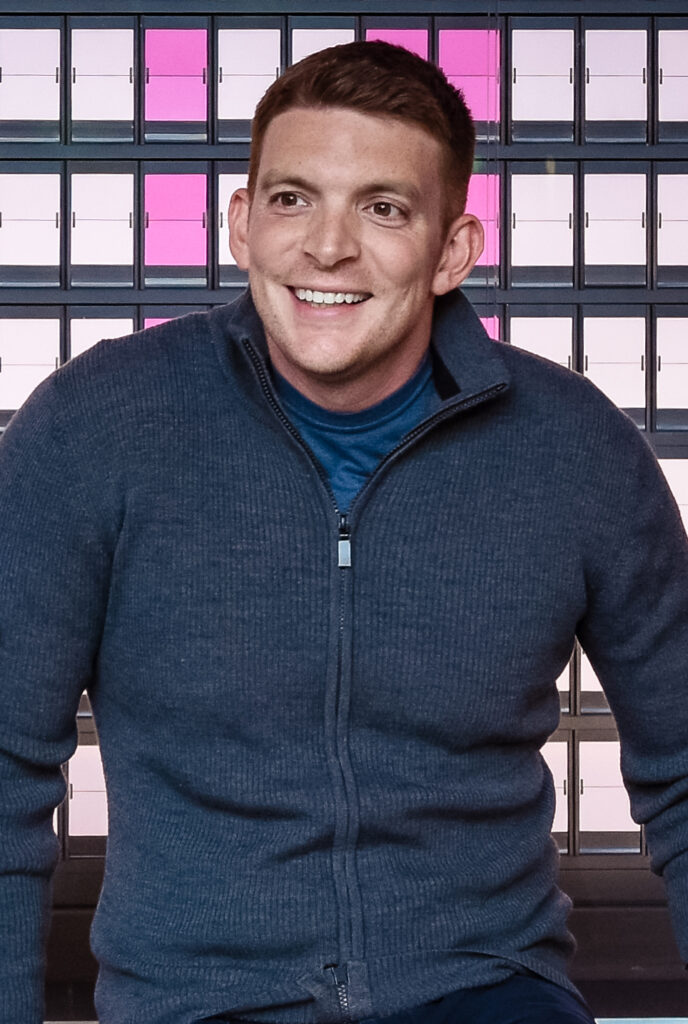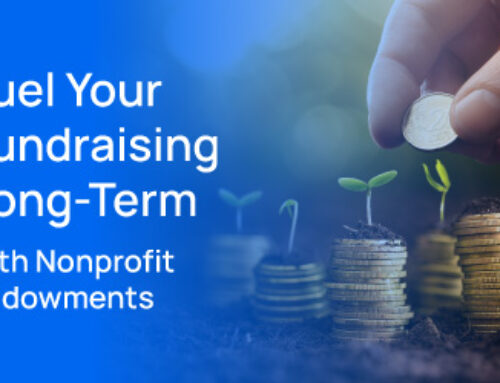
Imagine this scenario—your nonprofit wants to diversify its fundraising streams, specifically with planned giving. You want to try asking a donor for a bequest gift for the first time. You have a strong prospect in mind: a longtime donor who’s been deeply connected and involved with your mission for years.
You meet with the donor, explain that your organization is exploring new types of giving programs, and ask if they’d be open to creating a bequest gift in their will.
The donor is vaguely familiar with planned giving, but they’ve never before considered it. They have a lot of questions—how does it work? Is it complicated? What are the tax implications? Why is it more beneficial for your nonprofit than an immediate gift of cash?
You’re not fully prepared to answer these questions on the spot, but you do your best and offer to send the donor additional resources. Still, you sense hesitation, and your donor seems uneasy. You agree to reconvene once they have a chance to think about it, but the conversation fizzles out over email, and the donor ultimately turns you down the next time you ask.
What happened?
In this scenario, the donor trusts you and your organization, but they’re not very familiar with planned giving and (perhaps only subconsciously) don’t yet trust it as a way to give.
After all, it can be an uncomfortable concept for some. It’s a deeply personal way to give and involves estate planning and documentation in ways that others don’t. It can easily be an overwhelming or off-putting prospect if you don’t put in the effort to inform your donors, build trust, and foster engagement with your planned giving program over time.
How? Let’s take a look at some of the most important tips to keep in mind.
1. Educate your team and your donors.
You can’t build trust in a new program if you can’t speak to it effectively. Learn more about planned giving as a team. Understand your fundraisers’ role in the process and the best practices for how to talk about it:
- Don’t mention death. This can naturally generate an avoidance response in many donors. Instead, keep the focus on legacy-building.
- Emphasize the benefits. Building a legacy, making a meaningful tribute for a loved one, and valuable tax benefits are the primary motivators to focus on.
- Avoid jargon. Financial and legal jargon will sap your conversations of their energy, making a chat about legacy-building start to feel like a dry business meeting.
- Offer multiple options. When asking for a planned gift, prepare a few different routes that you think would suit your donor as an individual, including other types of planned gifts and non-cash gifts.
- Take your time. This is not a gift that can be rushed—your development staff will need to take their time introducing planned giving and building relationships with prospects before asking.
Prepare a variety of educational resources that you can easily point to during conversations with donors. These should include pages on your website (more on this below) and other reputable sources. Make sure your contact information is always front and center on your exchanges and web pages.
2. Reinforce your program on your website.
It’s important to make a professional, organized impression with all your planned giving materials. Even though many planned giving touchpoints occur offline in meetings or over the phone, your website still has an important role to play.
First, ensure that planned giving is included on your organization’s main ways to give page. This will expose everyone who visits that page to your program, often for the first time, and can catch the eye of those who might already be interested in tax-savvy gifts or estate planning.
Many nonprofits also take the extra step of creating a dedicated planned giving microsite. This set of pages is dedicated specifically to promoting your planned giving program, explaining the different types of gifts and how they work, and housing all of the resources you’ve compiled. This is also where you can host an easy bequest creation tool for donors to use once you’ve asked for this type of gift.
A well-designed planned giving website that reinforces your nonprofit’s brand and streamlines the donor experience is a valuable asset for your program. Plus, it’s helpful as a central location to promote other forms of non-cash giving like gifts of stock, real estate, qualified charitable distributions from IRAs, and grants from donor-advised funds.
3. Offer testimonials and examples.
Social proof is essential—it reassures prospects that your planned giving program is a trustworthy and valuable way to give back.
- 81% of consumers trust the advice of friends and family over advice coming from a business.
- 72% of consumers trust a business more as a result of positive reviews and testimonials.
- 63% of consumers consider visual testimonials to be more credible than written testimonials.
While the relationship between your organization and a donor is different than that between a business and consumer, the fundamental concept still applies—when we’re asked to do something new (like set up a planned gift), we look for reassurance from peers that it’s a safe move.
You can instill greater trust and drive increased engagement with your planned giving program by consistently collecting testimonials from your planned giving donors.
Remember, storytelling is a powerful way to share your message. Short (or long!) stories about why they chose to give that way, what your mission means to them, and how they feel about the impact they’re helping to drive will work best, coupled with actual photos whenever possible. Use these on your website, and distill them into shorter versions for use in newsletters, emails, and social media posts.
4. Create a legacy society.
The best way to foster engagement and build a community around your planned giving program is to give your efforts structure with a dedicated membership. A legacy society (or whatever name best fits your mission and audience) creates an easy outlet to offer engagement opportunities to donors.
With your special membership, offer your donors valuable perks. Common membership perks for legacy societies include free or VIP tickets to your own events, special events in the community catered to their interests, and unique naming and tribute opportunities like plaques and bricks.
Give your legacy society its own distinct branding, and reinforce it with consistent communication like newsletters, surveys, and year-end greeting cards. Go the extra mile with personal touches like phone calls to catch up and handwritten notes. The smaller size of this audience makes one-on-one outreach a much more feasible task for your team.
With a legacy society to give your engagement and donor stewardship efforts a solid structure, you can see significant results.
New and existing planned donors will feel especially valued and engaged by your organization, helping you retain their support and perhaps grow their annual gifts (by more than $3,000 according to one study). And by promoting your legacy society to prospective donors, you can not only make a more appealing pitch by mentioning perks but also tap into the built-in social proof that comes with a community of engaged donors.
The Bottom Line
Planned giving can be a daunting undertaking for many nonprofits, and the same can be said for many of your donors, too. But this doesn’t have to be the case.
Learn more about planned giving so that you can have more informed and productive conversations. Make a stellar online impression backed up with testimonials. Create a special membership to centralize your efforts and drive long-term engagement.
These strategies can help organizations of all sizes build thriving programs that can sustain their work for years to come. Best of luck!
About the Author

Patrick Schmitt and fellow FreeWill co-CEO Jenny Xia founded at Stanford University’s Graduate School of Business in 2016. FreeWill’s charitable giving platform makes it easier for nonprofit fundraising teams to unlock transformational gifts, and to date has generated over $6.6 billion in new gift commitments for thousands of nonprofit organizations. Patrick hosts FreeWill’s popular webinar series, educating thousands of nonprofit fundraising professionals each month about planned and non-cash giving strategies.
Before FreeWill, Patrick was the Head of Innovation at Change.org, where he helped grow the organization to 100 million users in four years. Prior to that, he ran email marketing for President Obama and served as Campaign Director for MoveOn.org.





